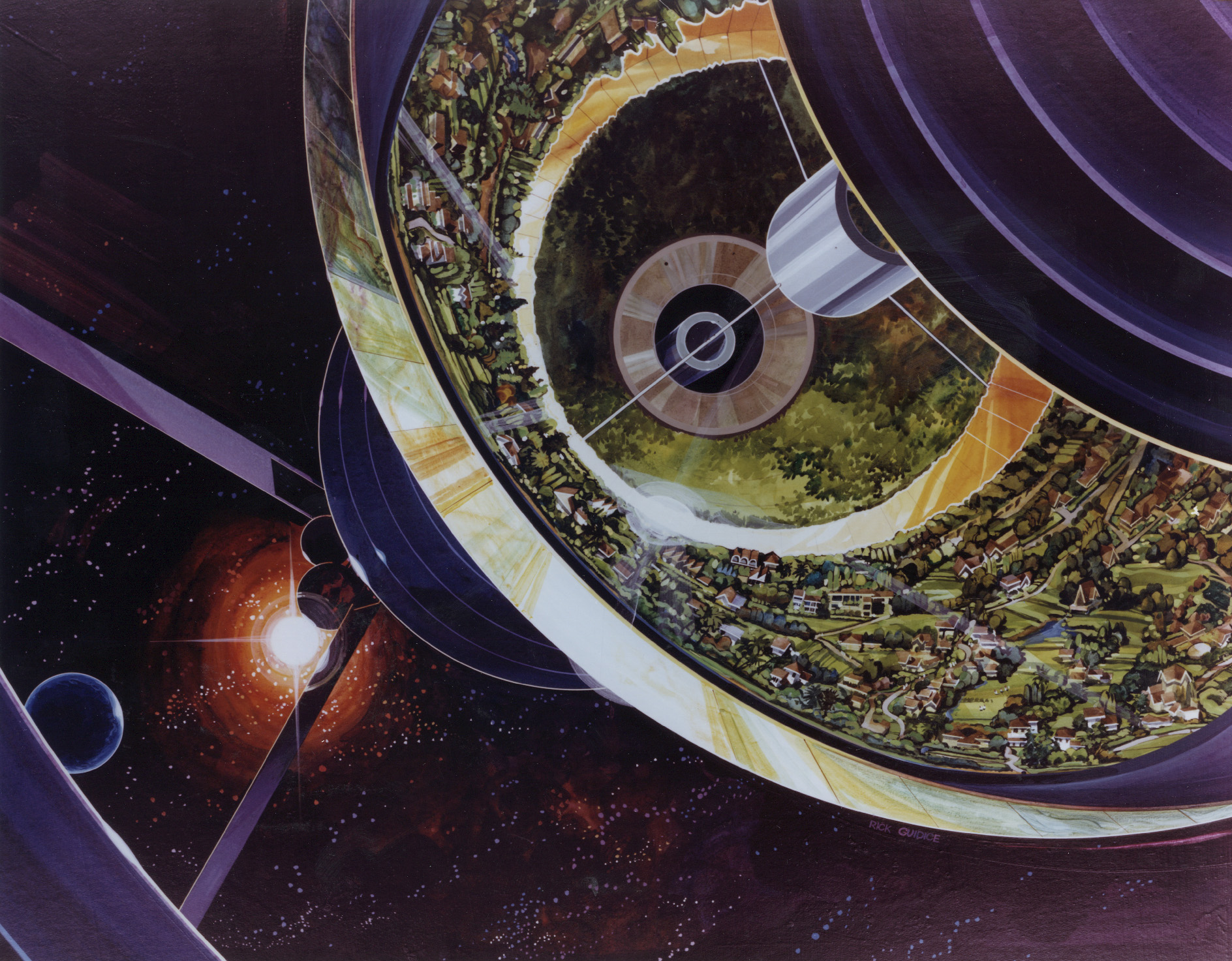
In the next few decades a settlement on Mars will be established, either by Elon Musk or other spacefaring entities (or both). To enable an economically viable supply chain to support a prosperous colony on Mars, an affordable and sustainable transportation system will be needed. Musk is designing Starship for what he originally called an interplanetary transportation system. But his design is just the first step and is expected to evolve over time. As originally conceived Starship may not make long term economic sense for launch from Earth, travel across interplanetary space, landing on Mars, lift off again and finally, return and safe landing on Earth. Even though the Starship User Guide says the the vehicle is designed to carry more than 100 tons to Mars, the enormous amount of cargo and crew required to be transported to support a prospering and sustainable Martian colony if done only with repeated Starship launches directly from Earth will likely be too expensive.
A better approach might be to limit Starship to an in-space transportation system which cycles back and forth between Earth and Mars orbits without a (Mars) landing capability. Not knowing how Starship may evolve, this could be a starting point. Eventually, a more efficient interplanetary transportation system may be an Aldrin cycler. Either scenario would require a shuttle at Mars for delivery of payloads from low orbit to the surface and back to space again. A team* at Delft University of Technology, The Netherlands has come up with a design for a reusable singe-stage to orbit vehicle they call Charon that would reliably address this final leg of the Mars supply chain. They described the mission architecture in an article in the journal Aerospace last year.
The team identified 80 key design requirements for Charon, but three stood out as the most important. At the top of the list was the capability of transporting 6 people and 1200 kg of cargo to and from low Mars orbit. Next, any consumables needed for the vehicle would have the capability of being produced in situ on Mars. Finally, because of the human rating, the reliability of the system would have to be high – with loss of crew less than 0.5% or 1 out of 270, which is equivalent to SpaceX’s Crew Dragon.
With safety being a high priority an abort subsystem is included to address each anticipated flight phase and the associated abort modes. The SpaceX Starship design does not have an abort system, so the authors believe that Charon would be safer for launch from Mars given the high flight rate anticipated to and from Mars low orbit. They suggest that Starship be limited to launch from Earth and interplanetary transportation to Mars orbit.


Significant infrastructure will be needed on Mars to support operations, especially in situ resource utilization for production of methane and oxygen for Charon’s propulsion system. This pushes out the timeline for implementation a few decades (to at least 2050) when a Mars base is expected to be well established with appropriate power sources and equipment to handle mining, propellant manufacturing, maintenance, communications and other needed facilities.
Upon a thorough analysis of Charon’s detailed design, reliability and budgets the team concluded that “The program for its development and deployment is technologically and financially feasible.”
* Gaffarel, Jérémie, Afrasiab Kadhum, Mohammad Fazaeli, Dimitrios Apostolidis, Menno Berger, Lukas Ciunaitis, Wieger Helsdingen, Lasse Landergren, Mateusz Lentner, Jonathan Neeser, Luca Trotta, and Marc Naeije. 2021. “From the Martian Surface to Its Low Orbit in a Reusable Single-Stage Vehicle—Charon” Aerospace 8, no. 6: 153. https://doi.org/10.3390/aerospace8060153






